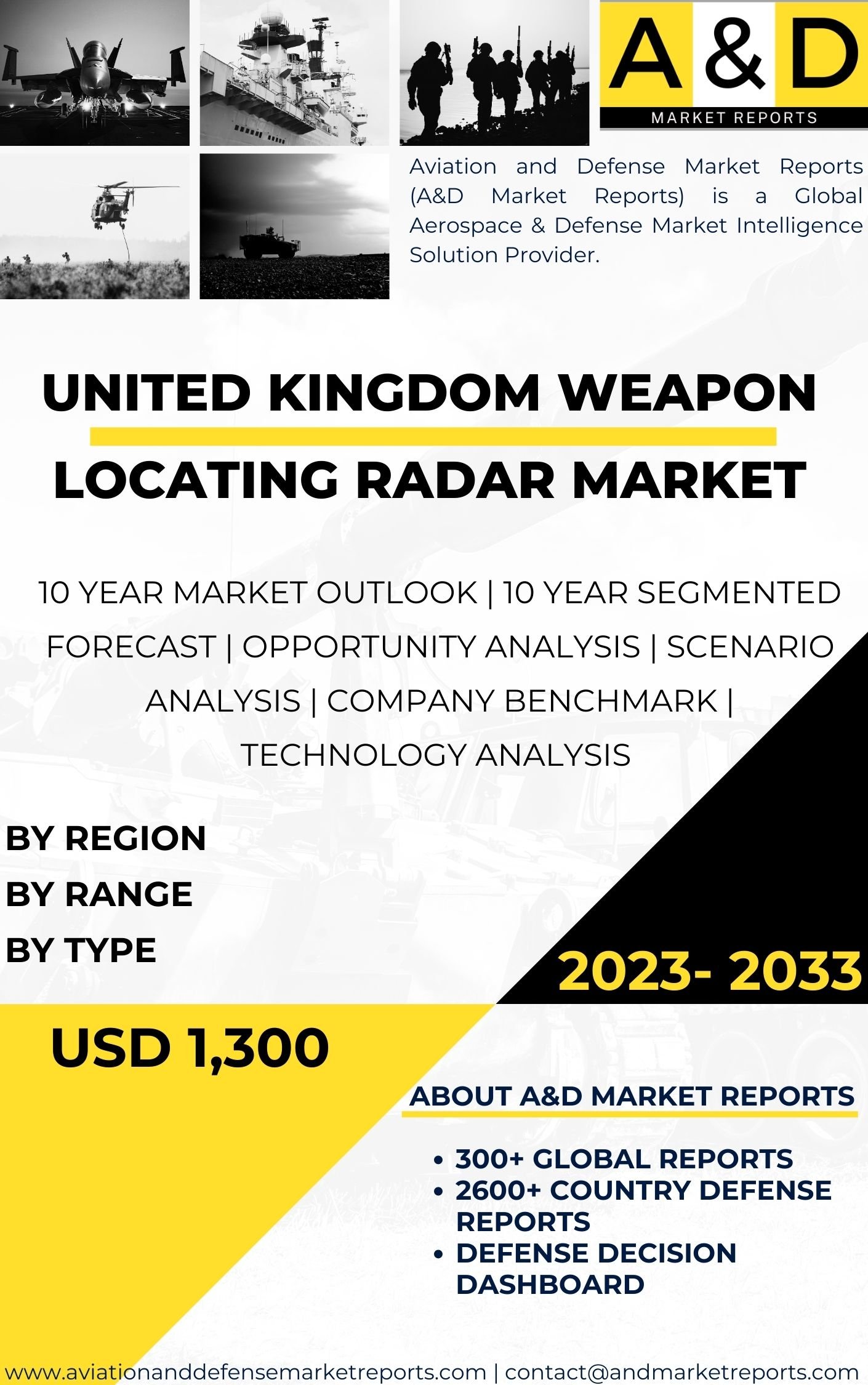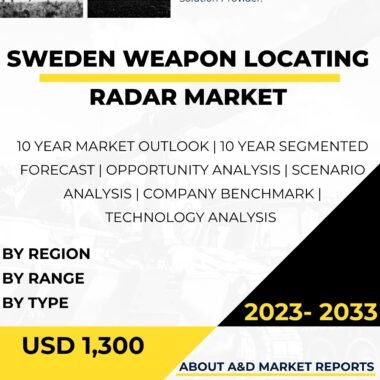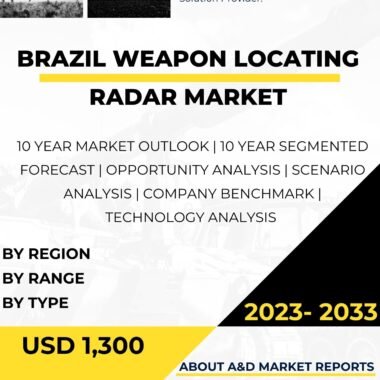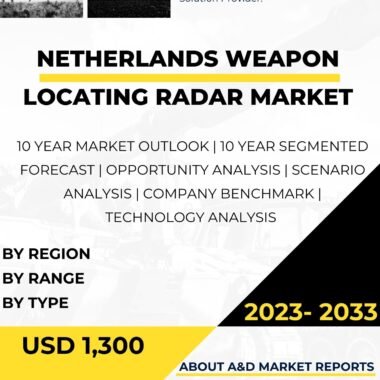Description
The United Kingdom’s weapon locating radar market has witnessed significant growth and development in recent years. As a critical component of modern defense systems, weapon locating radars play a crucial role in identifying the origin of enemy fire, enhancing military forces’ capabilities, and protecting both personnel and assets. This essay provides an overview of the UK weapon locating radar market, focusing on its growth drivers, key players, technological advancements, and future prospects.
The UK weapon locating radar market has experienced steady growth due to increasing threats from various adversaries and the need for enhanced situational awareness on the battlefield. As terrorist activities and regional conflicts persist, there is a growing demand for sophisticated radar systems that can accurately detect and track incoming projectiles, such as rockets, artillery shells, and mortars. Additionally, the rise of unconventional warfare tactics and the use of drones have further fueled the demand for advanced radar systems capable of detecting these threats.
Several key players dominate the UK weapon locating radar market, including both domestic and international defense companies. These companies offer a wide range of radar solutions, incorporating cutting-edge technologies to cater to the diverse needs of the British Armed Forces. The market is highly competitive, with companies constantly investing in research and development to stay ahead in the industry.
Technological advancements have been a driving force behind the growth of the UK weapon locating radar market. The integration of artificial intelligence, machine learning, and data analytics has significantly improved radar systems’ accuracy and response times. These advancements enable rapid threat identification, minimizing the risk of casualties and damage to military installations. Furthermore, the incorporation of solid-state technologies and digital beamforming has resulted in radar systems that are more compact, energy-efficient, and versatile.
In recent years, the UK Ministry of Defence (MoD) has shown a strong commitment to modernizing its defense capabilities, including investing in weapon locating radars. Through defense budgets and strategic partnerships with industry leaders, the MoD aims to bolster the country’s defense infrastructure and maintain its edge in the global defense market. The UK government’s focus on strengthening national security and the defense sector’s contribution to the economy have provided additional impetus to the growth of the weapon locating radar market.
Looking ahead, the UK weapon locating radar market is expected to continue its growth trajectory. With ongoing geopolitical uncertainties and emerging threats, the demand for advanced radar systems is likely to persist. Moreover, the continuous evolution of technology will lead to more innovative and efficient radar solutions, meeting the military’s evolving needs. As a result, the market is poised for further expansion.
However, challenges remain for the industry. One key concern is the potential impact of budget constraints on defense spending, which could limit the procurement of high-end radar systems. Additionally, the dynamic nature of modern warfare necessitates radar systems capable of adapting to new and unconventional threats continually. To address these challenges, industry players must remain proactive in their research and development efforts and collaborate closely with the MoD to ensure the delivery of effective and cost-efficient solutions.
In conclusion, the United Kingdom’s weapon locating radar market has seen significant growth due to increasing security concerns and the need for advanced defense capabilities. Key players, technological advancements, and government support have all contributed to the industry’s expansion. Looking ahead, the market is expected to maintain its growth trajectory, driven by ongoing security threats and continuous technological innovations. Nevertheless, industry players must remain vigilant in addressing challenges to ensure the market’s sustained growth and the military’s enhanced defense capabilities.




